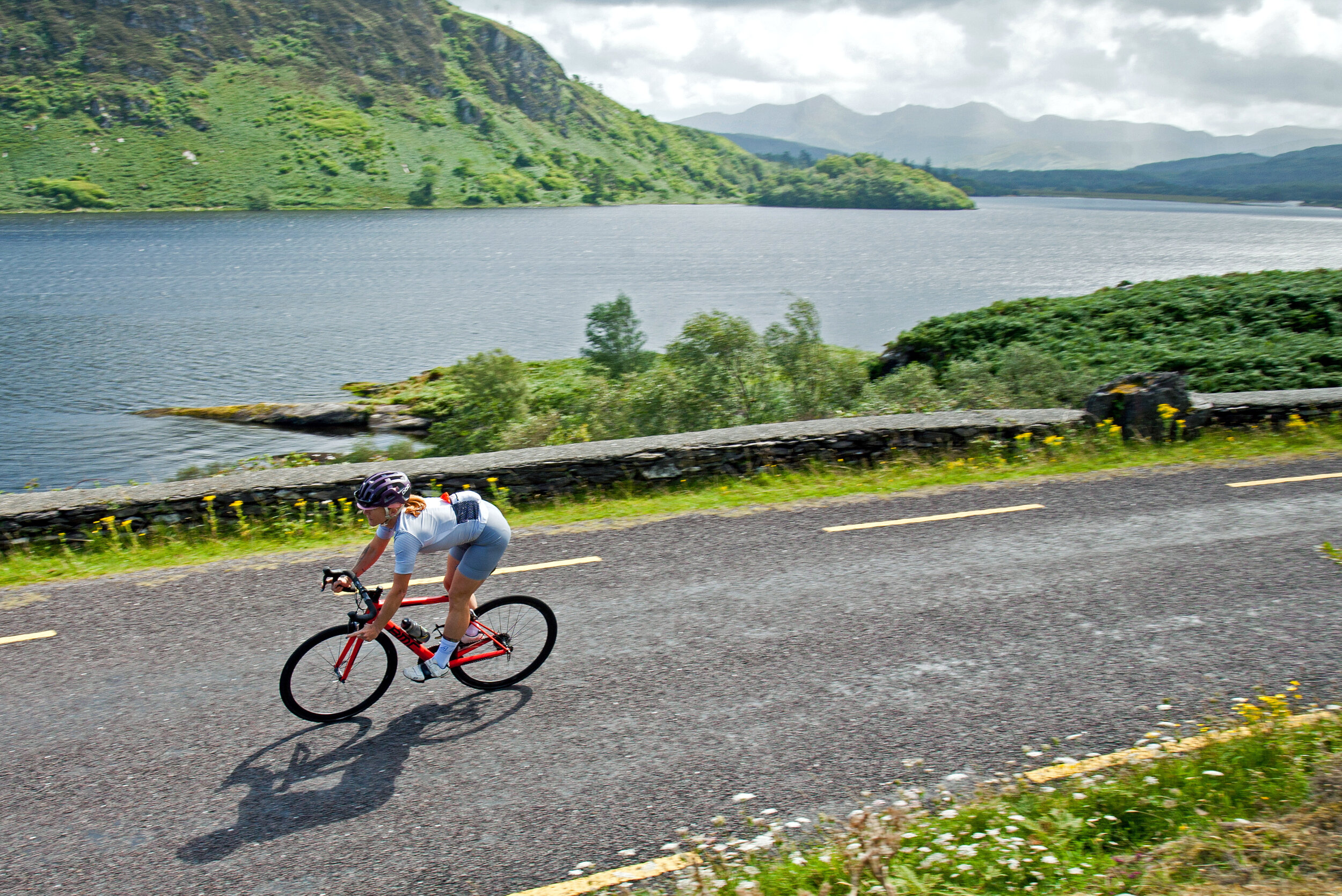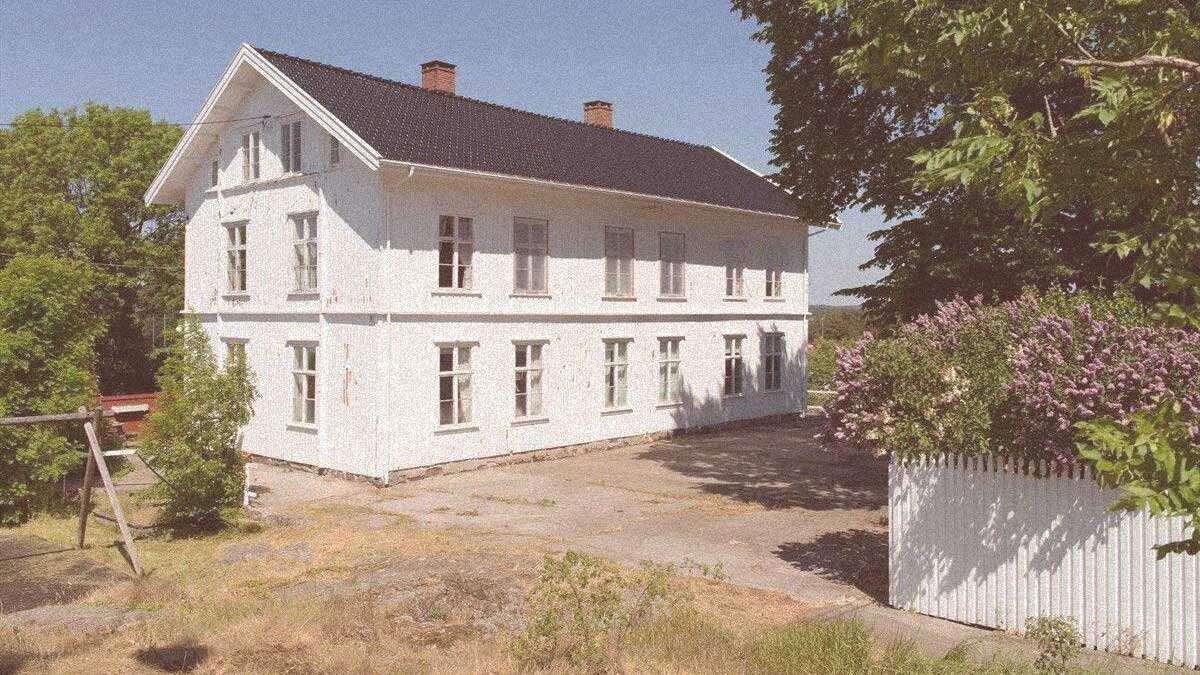The search for a new approach to placemaking
I’ve always believed Reeks District as a region has the potential to be up there with the likes of the Peak District and Lake District in the UK — a mecca for outdoor adventure enthusiasts with vibrant towns and villages offering an amazing quality of life for those who live, work and play there.
Especially because of COVID, I believe the time for this sort of place is now. My belief in its potential therefore hasn’t changed. It has just become stronger.
What has changed though is my thinking about what is required to make this sort of thing happen; not just Reeks District, but any significant initiative by a local community looking to shape its own future.
I’ve come to realise that government support, while helpful, can’t be relied upon. Nor do I believe that well-meaning voluntary groups or private developers acting in isolation will make it work.
What I believe is needed is a new approach to rural development — a placemaking playbook that builds on the strengths of a locale; maps out a positive picture of success the community can get behind; pulls together a professional team to make it happen; and works with a small group of private individuals that will benefit most from its success to fund it on a sustained basis.
With Reeks District we’ve done the first three but haven’t yet figured out the last. That is what we’d like to work on now… and if we crack it, I believe will deliver huge benefits not just to our region, but to many other communities trying to drive their own futures, something that is particularly key in a post-COVID world.
Here is a bit more detail on what we’ve achieved; my thoughts regarding government funding, voluntary groups and private development; as well as some projects I’ve stumbled upon over the past few years that might hold the answer.
What’s been achieved
Since my last post regarding the Reeks District initiative back in May of 2019 a lot has happened. Here are just some of the highlights.
Launched The Big Five Challenge, Ireland’s ultimate bucket list adventure, with press coverage by Red Bull, The Guardian, METRO, Irish Times and Irish Independent and many more and plus a partnership with tracking app komoot. All that added up to well over €1m in equivalent media value alone. The success of the launch and attention the Big Five received also resulted in us striking a licensing deal with an events company for an annual adventure challenge which we hope to launch post COVID (and when Ireland’s adventure insurance madness gets resolved).
Struck a deal with Kerry Airport and Ryanair on a series of press trips to promote the area which again we hope to pick up on post COVID. Also secured great presence on the new Kerry Airport website.
Thanks to the support of Glencar Construction, a large UK construction firm with family ties to the Reeks District, launched the One Hour Campaign across a series of billboards in London plus social push on the usual channels supported by our friends at Kerry Airport.
Local estate agents mention Reeks District in their property listings… a real sign that there is value in the brand (see more below).
Before “remote working” campaigns were de rigueur, thanks to the financial support of a local private individual, launched “Reimagine the Reeks District” to promote the region as the great place to live that it is.
Started a series of posts highlighting different areas within Reeks District to ensure we shine a light on all aspects of this amazing place.
Successfully lobbied for the extension of Kerry International Dark Sky Reserve to include Glencar, The Black Valley and Caragh Lake, all in Reeks District.
Secured presence on new Discover Kerry website, a development by the Kerry Tourism Industry Federation.
Doubled membership.
In the thick of the first lockdown, launched the Big Five Challenge — Lockdown Edition with amazing support by members, friends and the local community with one fab winner.
Secured inclusion in Fáilte Ireland’s Summer 2020 “Make A Break For It” campaign.
Grew website users +175% ( June 2019 to-date compared to previous period) with referrals to members +190% over the same time period.
Why it’s not sustainable
All this and a lot more has been achieved over the past 18 months entirely through member contributions, a singular donation from a private individual, ridiculous amounts of voluntary goodwill and, despite our best efforts, no financial support from Fáilte Ireland (Ireland’s tourism agency), our local authority or national government, pre or post COVID.
That’s not sustainable… and there-in lies the challenge. To realise the potential of Reeks District (and any other local community effort of scale for that matter) requires a sustained level of professionalism which in turn requires a sustained level of funding. None of these options provide the answer. Here’s why.
Member funding should be the foundation but the chicken and the egg comes to mind. You see, without a strong ecosystem of providers of sufficient scale, you don’t have the base of members to fund such an initiative… and without such an initiative you won’t create a strong enough ecosystem of providers of sufficient scale. Member funding is therefore key but not the answer.
Philanthropic donations are amazing but I don’t believe can or should be relied upon on a sustained basis. Yes, you could create a program to engage with donors and potential donors ongoing but to do that professionally requires proper investment. I also believe that local economic development projects should ultimately add up.
Voluntary effort and contributions are vital to any local development project but suffer from the “cat on the slide” affect (see above). To avoid it, groups need to professionalise so they can ensure the right level of continuity, maintain momentum and coordinate all the amazing goodwill that is out there to get to the next level. Not something you can expect from a volunteer team.
State funding is great when you get it BUT governments are addicted to red ribbons and the electoral cycle. That means you can’t plan for it to happen and when it does, it is generally only for infrastructure projects, feasibility studies or short term stuff, not the sustained and predictable funding local development projects require. This is only going to get more extreme as scarce resources get ring-fenced by government, local authorities and agencies. Don’t get me wrong, big infrastructure investments can make a difference, but they’re not within the control of a local community and often suffer from the famous falsehood from Field of Dreams — “build it and they will come”.
Some projects that might hold the key
So what’s the answer? What is the sustainable model that can turn this region into the Lake District or Peak District of Ireland and provide a blueprint for other rural communities that want to drive their own destiny? I don’t quite know… but here are some early thoughts that I believe might hold the key.
First off, while totally different, it is worth looking at the success of bigger cities where placemaking is more established and usually funded by property developers — companies that buy up run down buildings; do a clever job at re-branding and marketing a neighbourhood; and encourage a whole eco-system to develop — shared spaces, art galleries, coffee shops and more. They don’t just do this out of the kindness of their heart. They do it to create demand for new offices, apartment blocks and retail premises which they can then build, refurbish, rent and sell. Simple.
How is this applicable to Reeks District and other smaller communities? Here are some projects from rural settings that might just hold the key. I won’t go into too much detail at this stage but these are just some highlights.
La Anna Guesthouse and Innovation Collective are two very different projects but with one common thread. Both point to the logic of building demand before you create supply - the former with their super slick Kickstarter campaign to test the water and fund refurbishment of their creative retreat in Pocono Mountains; and the latter by building out a local start-up ecosystem through a series of events before opening the doors to their co-working space and investment fund in Coeur d’Alene; a model they’ve now successfully rolled out across the US.
fforrest and The Tree Hotel are particularly interesting because they showcase what can be achieved by having a strong brand and aesthetic that can be brought to life and added to over time — in the case of The Tree Hotel a series of amazing “rooms” that have been added incrementally, and with fforrest a varied range of accommodation, hospitality, event offering and even retail products, all from a humble glamping set up ten years ago.
Last but not least, Windjammers and Fogo Island are two transformative projects that mix commercial intent with social enterprise, a mix I believe is super important when it comes to local development. The former project was set up by an old friend of mine in Norway, and the latter is based on an island off the west coast of Newfoundland.
There is something in all these that I believe might hold the key, not just to the sustainable development of the Reeks District, but to figuring out a blueprint for successful development in other locations also. The hope is to interview the people behind these and other projects to explore common themes, dive into the data a little more and see where it takes us in terms of a model that might make sense.
On the data side, just as a small indicator, if you compare growth in property prices in Dingle (a nearby town that has seen a huge amount of development over the past 20 years) versus Killorglin (the main urban centre in Reeks District) over the past 10 years, the former has seen an uplift of +40% while the latter a decline of -5% (based on sales prices published on Daft.ie for three bedroom houses 2010/2011 v 2019/2020). Although not statistically valid, it does point to where the value of placemaking might sit… and who should probably fund it.
So, if you’re interested in this arena, have projects you feel we could learn from or want to back this effort, please feel free to get in touch.




